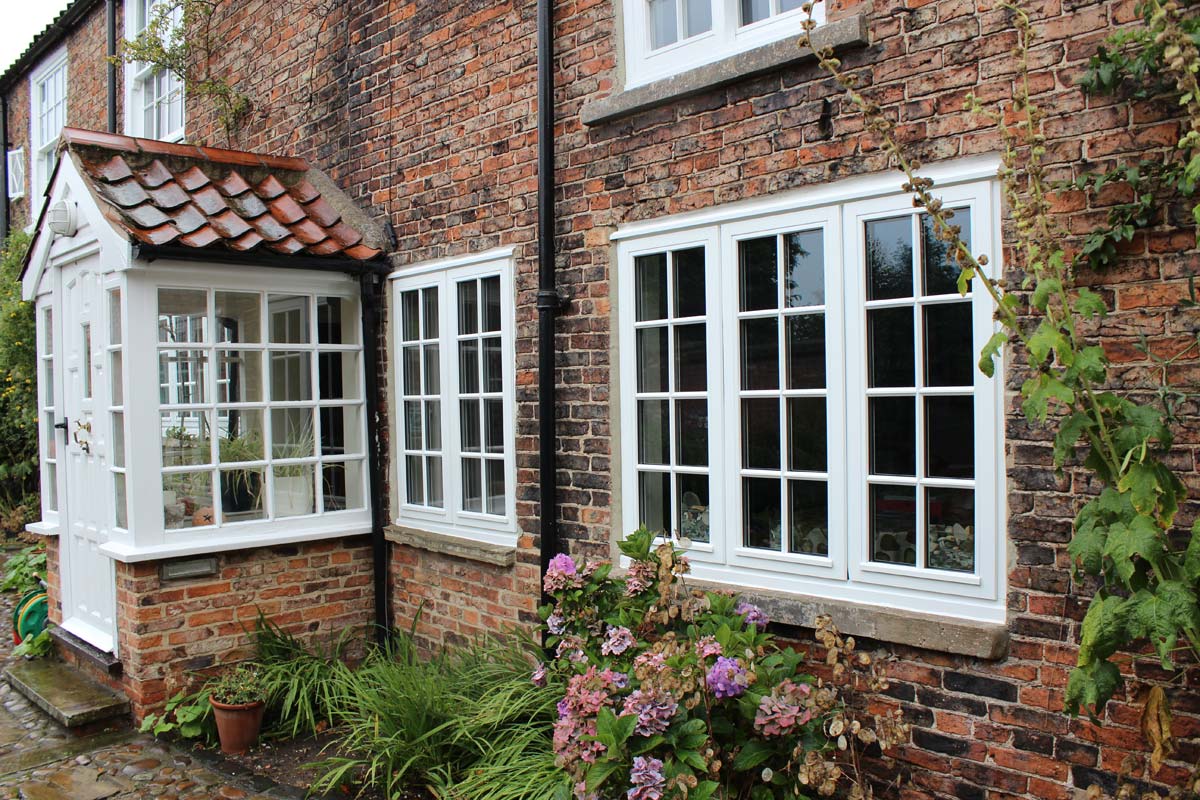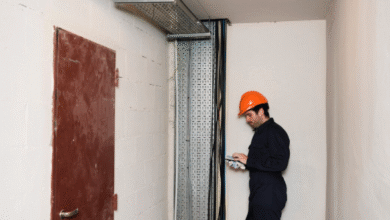Timber Windows: 7 Durable and Eco-Friendly Styles for 2025

Timber windows have graced homes and buildings for centuries, offering unmatched character and craftsmanship. Known for their natural beauty and adaptability, timber windows remain a favourite choice for property owners seeking timeless appeal combined with modern performance. Whether restoring a period property or adding warmth to a contemporary design, timber windows bring style, strength, and sustainability to any project.
Why Choose Timber Windows?
Timber windows offer a range of compelling advantages:
-
Aesthetic appeal: Timber frames add natural warmth and elegance.
-
Longevity: With proper care, timber windows can last for generations.
-
Eco-friendliness: Timber is a renewable material, often sourced responsibly.
-
Versatility: They suit everything from cottages to city townhouses to modern builds.
Types of Timber Used in Windows
-
Softwood: Affordable and lightweight, ideal for painted finishes.
-
Hardwood: Denser and more durable, great for exposed locations.
-
Engineered timber: Made from laminated layers, combining stability with strength and reducing the risk of warping.
Styles of Timber Windows
-
Sliding sash windows: Classic vertical sliders, perfect for period homes.
-
Casement windows: Hinged at the side or top, opening outwards or inwards.
-
Tilt and turn windows: Flexible function for modern homes.
-
Bay windows: Create space and flood interiors with light.
Timber Windows for Traditional vs Modern Homes
In traditional buildings, timber sash or casement windows often replicate original features while improving energy performance. In modern homes, sleek timber frames complement minimalist architecture while adding texture and warmth.
Custom Timber Windows
Bespoke timber windows allow complete freedom over design, from exact dimensions to intricate glazing patterns. This is especially valuable in properties with unusual openings or specific aesthetic requirements.
Energy Efficiency of Timber Windows
Timber is a natural insulator. When combined with modern double or triple glazing and draught-proof seals, timber windows help keep homes warm and reduce energy bills. Engineered timber frames further enhance thermal performance.
Security Features of Timber Windows
Modern timber windows are equipped with:
-
Multi-point locking systems
-
Reinforced frames
-
Toughened or laminated glass
-
Security restrictors to prevent forced entry
Maintenance of Timber Windows
To maximise lifespan:
-
Repaint or restain every 5–8 years (sooner in exposed areas)
-
Regularly clean frames and check for damage
-
Keep drainage channels clear to prevent moisture buildup
Common Problems and How to Prevent Them
-
Rot: Prevent with regular maintenance and good drainage.
-
Warping: Engineered timber helps minimise this risk.
-
Draughts: Modern seals and double glazing solve this common issue in older windows.
Cost of Timber Windows
Prices vary depending on timber type, style, glazing, and customisation:
-
Basic softwood casement window: from £500
-
Hardwood or custom sash window: from £1,000+
Timber Windows vs uPVC and Aluminium Windows
| Feature | Timber | uPVC | Aluminium |
|---|---|---|---|
| Appearance | Natural, warm | Uniform, less character | Sleek, modern |
| Lifespan | 60+ years (with care) | 20-30 years | 40-50 years |
| Maintenance | Medium | Low | Low |
| Eco-friendly | Yes (sustainable timber) | Less so | Recyclable |
| Cost | Higher initial | Lower | Medium to high |
Timber offers unique character and eco credentials, while uPVC and aluminium may appeal for lower maintenance.
Installation Process for Timber Windows
-
Survey and measure: Ensure a precise fit.
-
Fabrication: Frames made to spec.
-
Removal of old windows: Done carefully, especially in period buildings.
-
Installation: Frames and glazing fitted and sealed.
-
Finishing: Painting or staining (if not factory finished).
Legal and Planning Considerations
If your property is listed or in a conservation area, you may need permission to replace windows. Many timber designs meet heritage requirements while improving efficiency.
Eco-Friendly and Sustainable Timber Windows
-
FSC or PEFC certified timber ensures responsible sourcing.
-
Timber frames are biodegradable and have a lower carbon footprint than alternatives.
-
Refurbishing old timber windows also reduces environmental impact.
Finishing Options for Timber Windows
-
Paint: Any colour, offering a fresh and protective finish.
-
Stains: Show off timber’s natural grain.
-
Clear coatings: For a subtle, natural look.
Soundproofing and Timber Windows
Timber’s mass, combined with acoustic glazing, helps reduce external noise—ideal for urban properties or homes near busy roads.
Top Tips for Buying Timber Windows
-
Check timber certification (FSC, PEFC)
-
Prioritise factory-finished windows for durability
-
Ensure warranties cover both frame and glazing
How to Choose a Timber Window Supplier
-
Look for experience with timber, not just generic window supply.
-
Read customer reviews, particularly from those in similar properties.
-
Check for certifications and guarantees.
Customer Reviews and Testimonials
Reviews provide insights into quality, reliability, and aftercare, helping you choose a trusted provider.
Future of Timber Windows
Expect to see:
-
More engineered timber for durability
-
Advanced coatings that extend maintenance intervals
-
Greater integration of smart glass and energy-saving features
Conclusion
Timber windows are a timeless choice that combine natural beauty with modern performance. With the right supplier and proper maintenance, timber windows offer a long-lasting, eco-friendly, and elegant solution for any property—traditional or modern.




